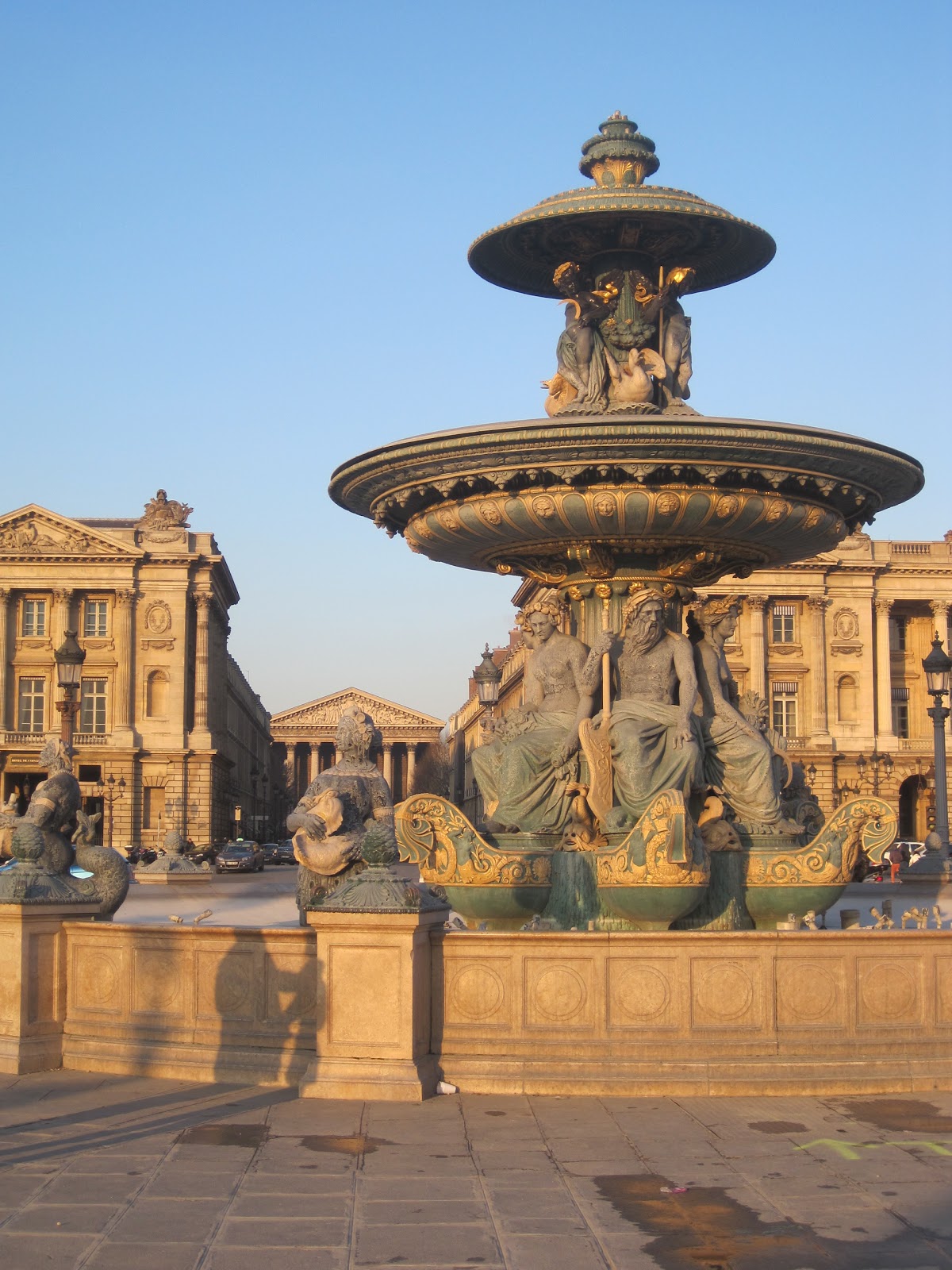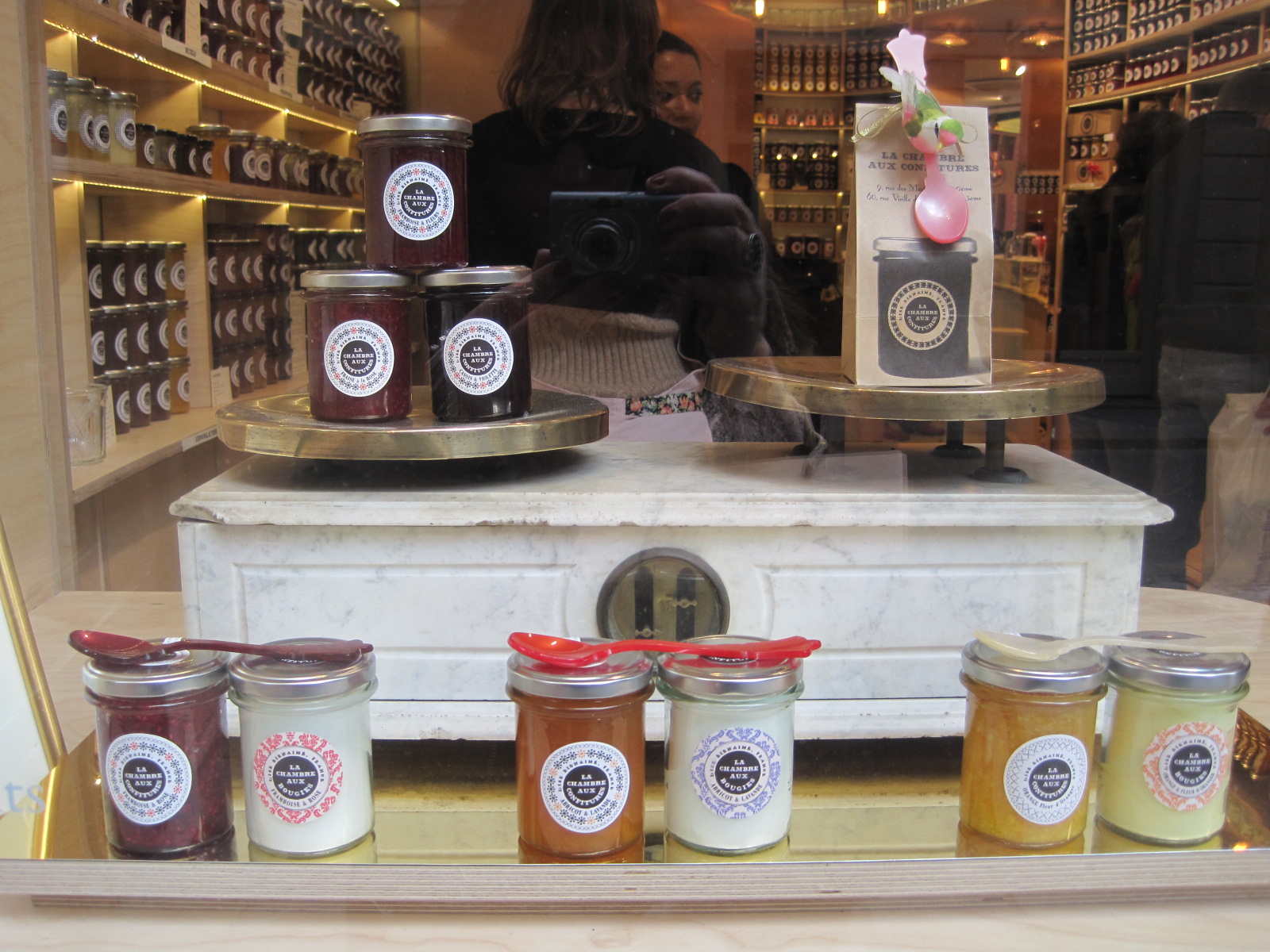St. Denis Cathedral
It was a gloriously sunny and even relatively warm day last Saturday and so we took the short metro ride out to St. Denis Cathedral. If you have an interest in either gothic architecture or the history of the French monarchy this is somewhere that should be on your list. I had never visited, but D. who often drags me to churches, had been here before. We visited the cathedral and then took a fascinating stroll along the canal but I'll blog about the walk in another post, all in all a highly recommended day out.
One of the earliest gothic structures in France, the basilica was a model for Notre Dame. Built relatively quickly by unknown architects it is astonishingly light and vertical inside with high vaulting and expansive stained glass much of which has been replaced since the destruction of the French Revolution. You can see traces of the earlier Romanesque structure in the decoration around the main doors and in the crypt.
While the architectural details are fascinating, St. Denis is also important as the burial place for the French monarchy and the place at which many French Queens were crowned. I the Middle Ages the monks at St. Denis were the ones entrusted to write the history of the monarchy, indicating their stature. The church is filled with tombs and commemorative sculptures and plaques to French Kings going back to Charlemagne's period. In the crypt are the stones laid for Marie-Antoniette and Louis XVI as well as their son with a poignant medallion and a jar purporting to hold his heart, rather gruesome but reminiscent of a religious relic.
The tombs and funereal art has a somewhat modern feel, partly because many have been detached from their original plinths and are collected together. In the lectures I've been listening to on the art of the Louvre I was recently learning about Catherine de Medici and the cycle of history paintings she commissioned from Rubens. here she was in a splendid tomb in the Italian style (stone and ironwork combined. Represented with her husband Henri II, in death, lying side by side in death inside the tomb and portrayed kneeling in prayer, in life, above.
Here's one with a lion at the departed's feet symbolizing courage and bravery as well as protecting the tomb from evil spirits.
There are many more beautifully carved tombs and the individuals carved feel remarkably tangible even across the centuries. As always we particularly liked the mediaeval representations of dogs at their master's feet, loyal even in death.


















Comments